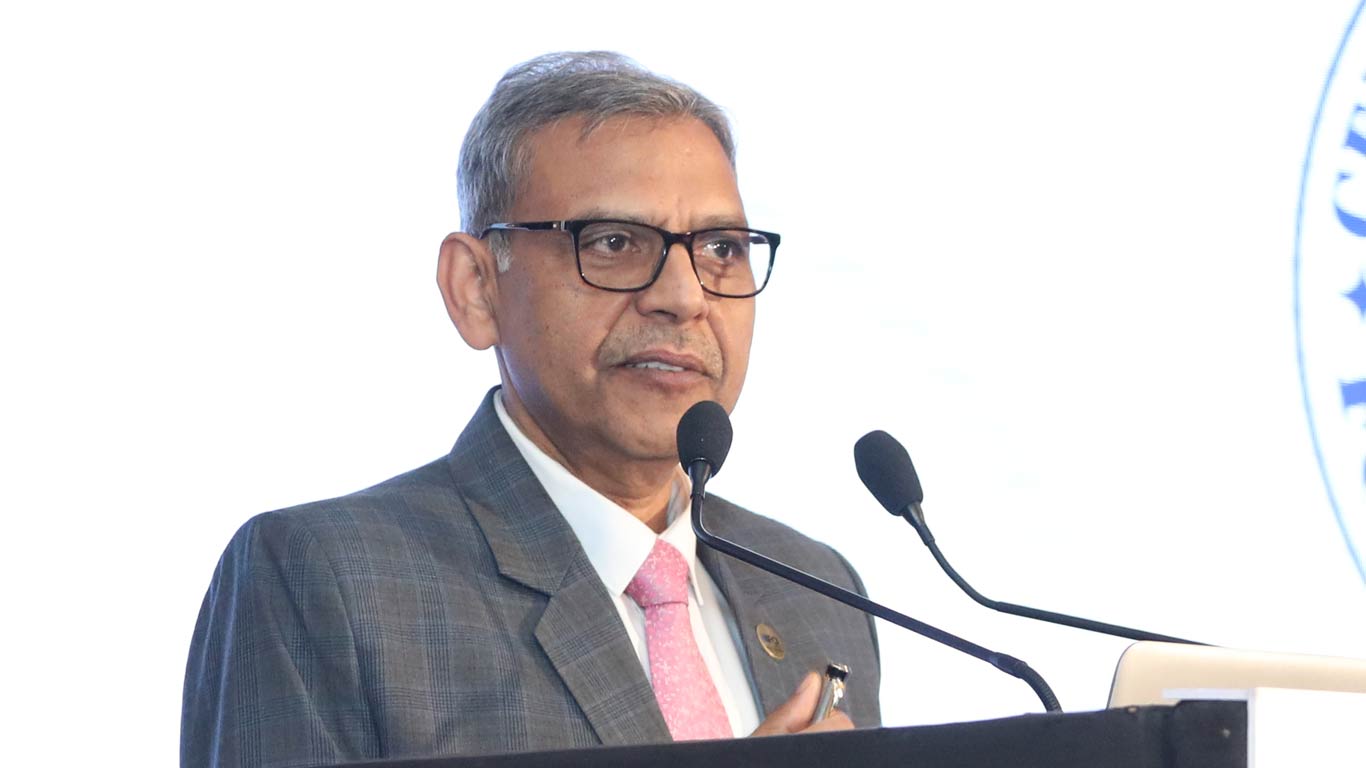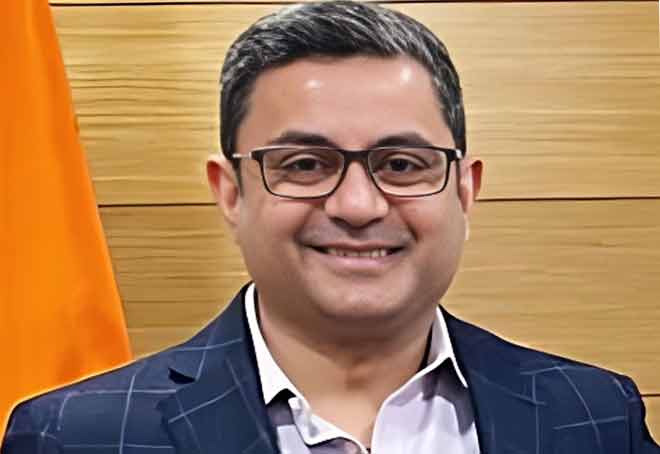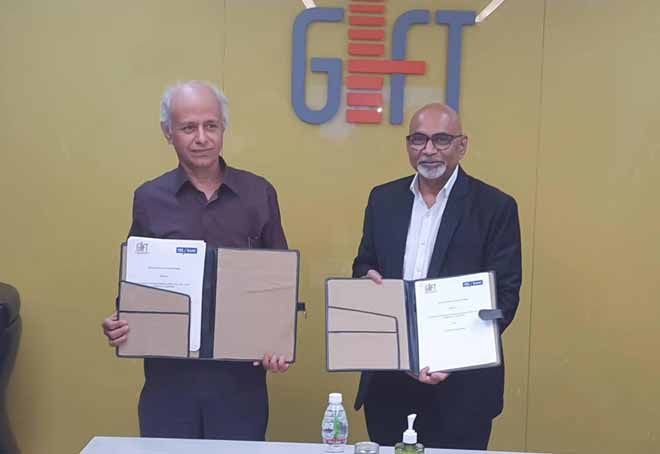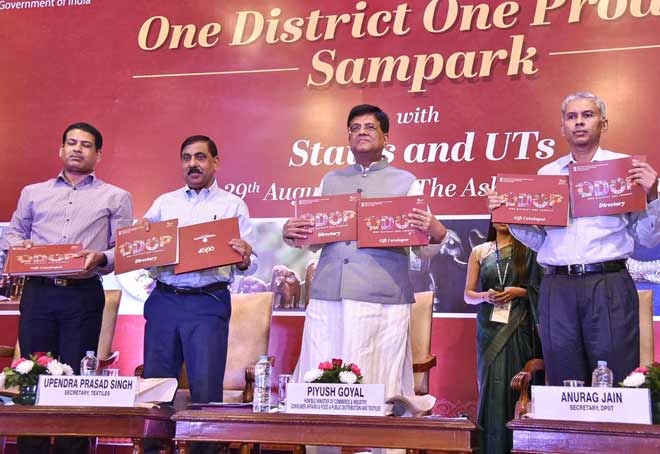One town one product basis to be developed in handicraft clusters
Updated: Sep 19, 2013 02:31:13pm

“Special emphasis was laid on designing aspects, mass merchandising and development of clusters on one town one product basis. Nearly all the experts emphasized on the aspect of One Town One Product (OTOP) as this has been a successful model followed in the South Asian countries originally developed by Japan,” said an official release.
The model, it said had helped in development of skills, production techniques, design, packaging, presentation and marketing.
According to Executive Director, Export Promotion Council for Handicrafts (EPCH), Rakesh Kumar considerable emphasis was also laid on mass merchandising and its benefits.
More than 550 participants attended the two-day, first ever International Seminar for promotion of exports of Indian Handicrafts and International Exchange Programme organised by the office of the Development Commissioner (Handicrafts), EPCH and National Centre for Design and Product Development (NCDPD) here on September-17 and 18.
Speaking during the concluding ceremony, Union Minister of Textiles, K S Rao emphasized the need for health care of artisans and crafts persons under the government schemes as they comprised the backbone of the handicrafts industry. He assured full support of the ministry to such programmes that create a platform for domestic artisans to interact with foreign experts.
International experts present at the event were Paschal Meehan from the Limerick Institute of Technology in Ireland, Nobuyuki Fujiwara from the Tokyo Craft University in Japan, Nguyen Thuy Chi from the Vietnam Chamber of Commerce and Industry, Vietnam, Le Ba Ngoc from Vietnam Handicraft Exporters Association, Vietnam; Satohiko Narumi, International Japanese Market Expert, Edgardo Manda from Philippine Bamboo Foundation Inc and Gong Shijun, from Shanghai Arts and Crafts Association in China; all of who made presentations on different aspects of handicrafts production, designing, merchandising and marketing.
Further, artisans from China, Thailand, Vietnam and Philippines interacted with their counterparts in India and exchanged experience and knowledge of production techniques, design development, packaging and marketing.
Handicrafts exports from India have grown on an average of 10 to 15 per cent during the last decade. The total exports of Indian handicrafts are in the range of USD 3 billion and recorded at USD 3.3 billion in 2012-13.
According to estimates, the world market for handicrafts is worth around USD 260 billion with an annual average growth of 5 per cent. India’s share in the world market has been around 2 per cent as against China’s share of 30 per cent in the world market.
Other leading emerging suppliers in the world market are Thailand, Philippines, Vietnam, Indonesia and Turkey etc.
The seminar and craft exchange programme were organised to bring in artisans from emerging nations of suppliers so that India can learn from their experience.
Most of the emerging nations, according to Rakesh Kumar have their strength either in mechanization of products or in design development beside cluster development on product basis and market basis.
Since India also has the strength in the same product groups as that of the emerging supplying nations, it was beneficial for India to exchange ideas, experience and learn from the same.
NCDPD had undertaken a project for improvement of tools used by crafts persons and artisans. A tool kit for artisans and a book on Technology Mapping of Indian Handicrafts clusters prepared by National Centre for Design and Product Development (NCDPD) were also launched by the Minister. (KNN/ES)











